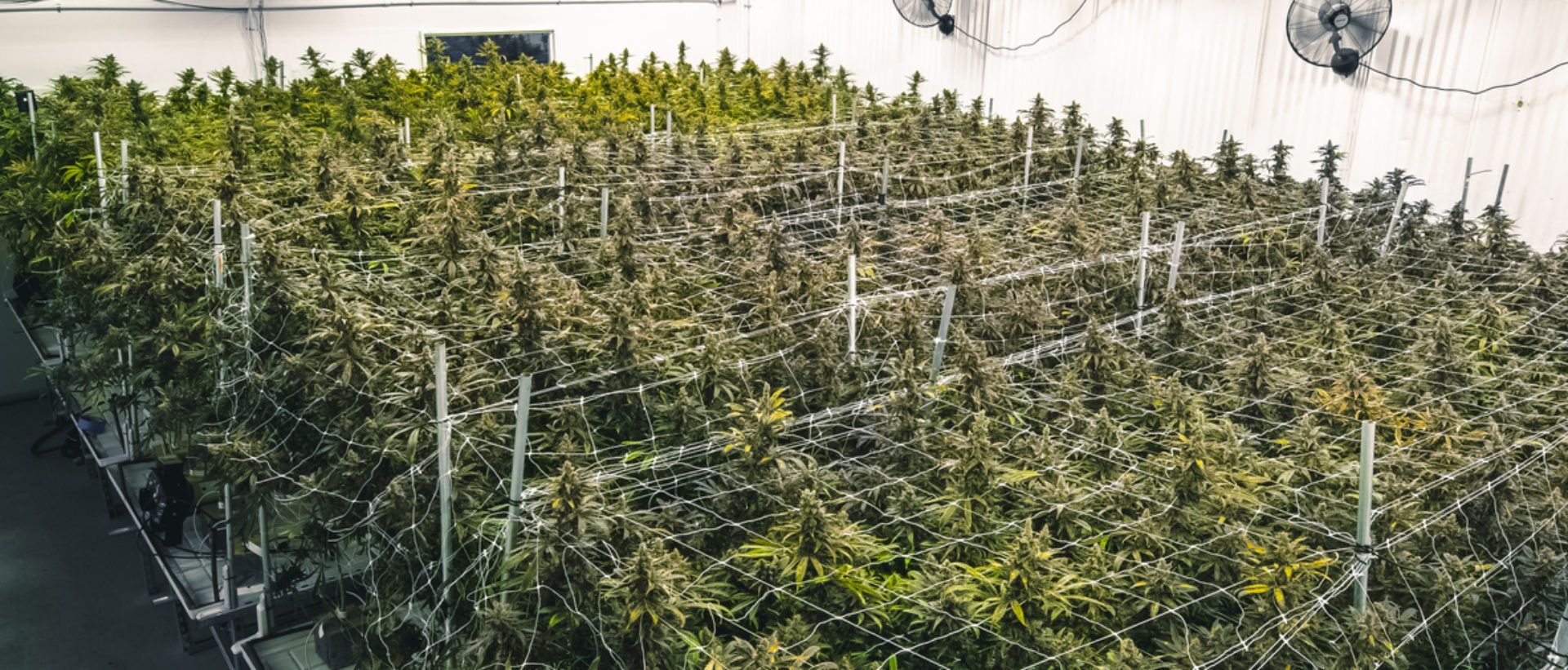In the competitive world of wholesale marijuana sales, maximizing profit margins often comes down to understanding the unique value propositions of bulk flower versus trim. A successful distribution manager knows that each product has its own market dynamics, customer demand, and profit potential. By strategically leveraging these differences, distributors can optimize revenue streams and stay ahead in the evolving cannabis industry.
Bulk flower is the centerpiece of any wholesale operation. High-quality, cannabinoid-rich buds are in constant demand for dispensaries and processors alike. According to data from Headset and BDSA, flower accounts for over 40% of total cannabis sales in many states, cementing its status as a primary revenue driver. Margins on bulk flower are typically higher because of premium pricing potential. However, these margins rely heavily on maintaining top-tier cultivation practices, consistent moisture content, and appealing visual quality—factors buyers scrutinize closely when purchasing large quantities.
To maximize margins on bulk flower, distributors should focus on:
- Quality Assurance: Regular testing for potency, contaminants, and moisture keeps flower compliant and appealing.
- Brand Partnerships: Working with well-known cultivators can command higher prices and build buyer loyalty.
- Dynamic Pricing: Adjusting pricing based on regional demand, seasonal trends, and market oversupply helps secure competitive deals without undercutting profits.
- Freshness Management: Implementing airtight packaging and climate-controlled storage extends shelf life and maintains terpene profiles that buyers value.
On the other hand, trim—consisting of sugar leaves and small plant material removed during manicuring—is often overlooked as a profit opportunity. While it fetches a lower price per pound than flower, trim represents a valuable revenue stream when sold in bulk to processors making extracts, edibles, or pre-rolls. According to MJBizDaily, trim can contribute as much as 10–15% of total revenue for cultivators and distributors when effectively monetized.
Key strategies to enhance trim profitability include:
- Segmentation: Separating high-quality sugar trim from fan leaves allows distributors to offer premium trim with better cannabinoid content, commanding higher prices.
- Volume Contracts: Securing long-term agreements with extraction companies ensures a steady revenue stream for trim that might otherwise degrade in value if stored too long.
- Value-Added Processing: Some distributors increase margins by offering finely milled, ready-to-use trim, saving processors time and labor costs.
Critically, distributors should not treat bulk flower and trim as competing products but as complementary components of a comprehensive wholesale strategy. By recognizing that flower caters to top-shelf retail and trim feeds the booming concentrates and edibles markets, distributors can maximize the return on every harvested plant.
Ultimately, success in wholesale marijuana sales lies in optimizing the entire product spectrum—from pristine buds to every last sugar leaf. Through meticulous quality control, smart buyer relationships, and innovative pricing, distributors can turn both flower and trim into profit centers that drive sustainable growth in a rapidly maturing industry.

